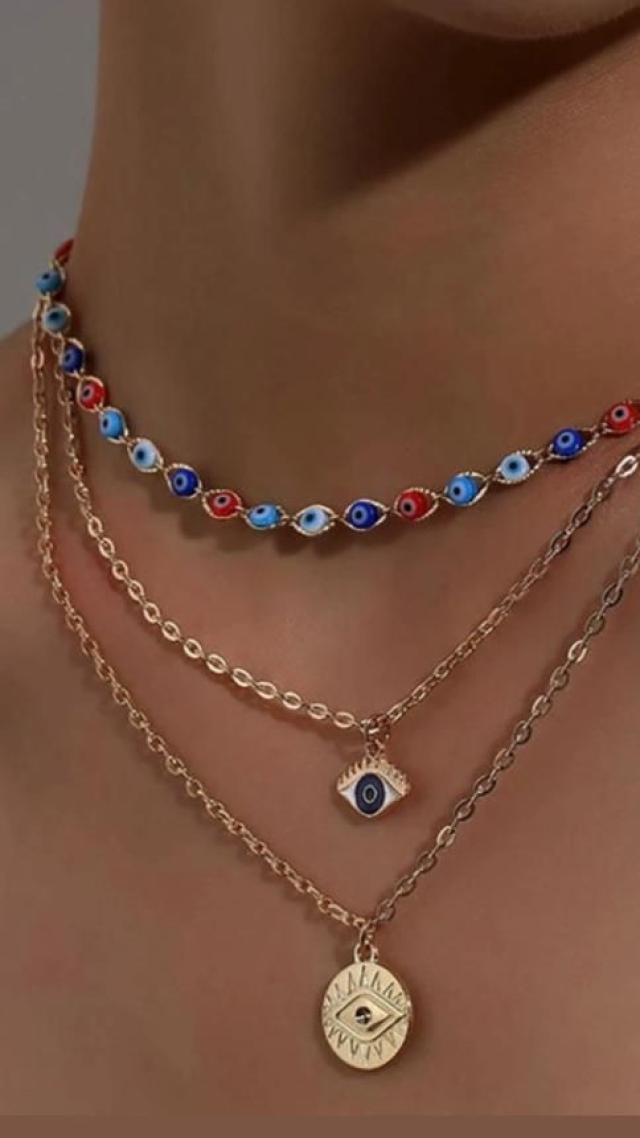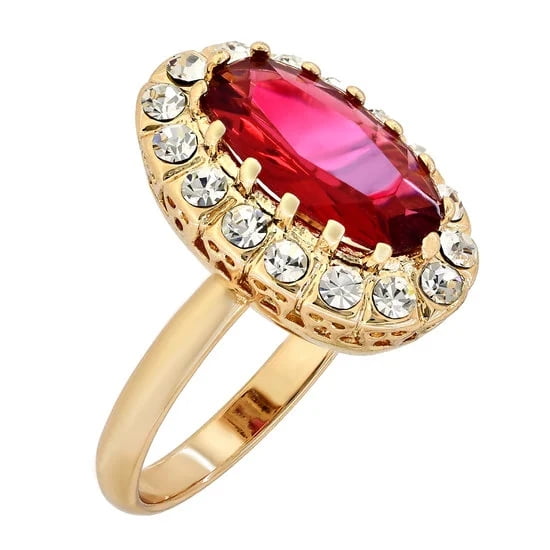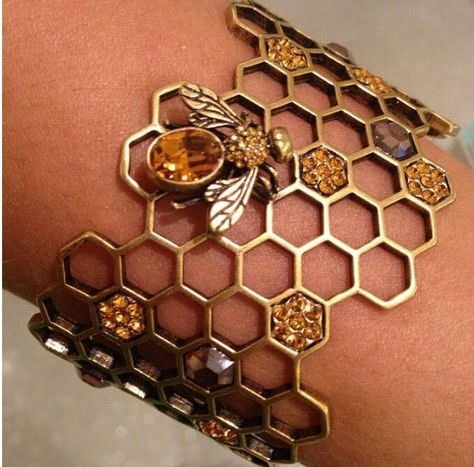Handmade maritime jewelry in the Philippines is revered by locals and visitors alike for its beautiful craftsmanship. This centuries-old tradition has been deeply rooted in Filipino culture for generations, starting primarily from fishing community adornments of shells, beads, and other items they found on their seafaring journeys.
These handmade pieces quickly became popular among locals for special occasions and spiritual purposes, such as weddings, holy days of obligation (fiestas), and sometimes simply as a way to keep themselves connected to their environment.
History: Precolonial Practices That Led To Today’s Traditional Maritime Jewelry The history of handmade maritime jewelry in the Philippines dates back thousands of years before Spanish colonization when local indigenous groups would use natural elements found along the shorelines to create necklaces, bangles, and anklets out of shell pendants and terracotta beads. Many tribal groups had specific symbols or motifs that served as a representation of their identity or social status that were embedded in these works.
Even after colonial influences emerged, these original designs remained intact while merging with new religious beliefs brought by Western invaders. For instance, figures depicting saints such as Saint Francis Xavier were often featured engraved on pendants crafted from coconut wood or locally-sourced materials like ivory.
Construction: Crafting Unique Jewelry Pieces With Local Materials Today’s handmade maritime jewelry pieces are crafted using locally available materials such as fresh water pearls sustainably harvested from local pearl farms in Palawan Province-one of the many rural parts of the Philippines that specialize in this type of artisan work.
Craftsmen carve intricate designs out of natural objects such as coconuts which frame seashell accents; while coral beads are often used to represent protection against negative energy due to it being produced from living marine creatures with calming energies.
Natural stone chips such as jadeite or turquoise are also added to heavier pieces like pendants just before each piece is nickel plated and polished giving it a rugged yet elegant finish. All these components combine harmoniously into artful creations full of symbolism and abstraction – all arranged perfectly into beautiful oceanic compositions that truly embody the spirit of maritime jewelry unique to the Philippines islands.
Materials and Techniques Used
The Philippines traditionally crafts its maritime jewelry by combining modern methods with traditional techniques. Working mainly in gold, silver and mixed metals like brass, cooper and bronze, local artisanal smiths hammer, solder and shape each piece of jewelry using a combination of contemporary tools and centuries-old techniques.
During the early stages of production such as forming the wire used to create the links that comprise a necklace or bracelet depends on the skill of the individual craftsman rather than industrial machines.
In terms of aesthetic, many pieces feature traditional patters such as stars, fish, waves and anchors which evoke the concept of ‘voyage’ or ‘by sea’ – ideal for those who are part of a seafaring background. The collection often includes semi-precious stones like onyx, turquoise or lapis lazuli inlayed into earrings and pendants to create eye-catching contrast in color with other pieces in the set.
Furthermore some pieces offer enamel accents finely applied by hand for extra decorations throughout each work.
Oftentimes customers can approach artisans for more customized designs or delicate commissions on a regular basis for more personalized individual preferences such as length adjustment services that changes with changing lifestyles – this means turning something like an old heirloom charm into a new piece that will last for generations.
The craftsmanship involved in creating a piece is greatly appreciated by both locals and tourists alike; most Filipinos possess at least one statement item from their home country locally crafted treasures as souvenirs or just everyday wear so there’s no shortage of places specializing in marine-inspired designs.
Evolution Over Time
In the Philippines, maritime jewelry has an exceedingly long history that can be traced back to ancient times. In fact, it has become a sort of national icon in the country due to its deep and rich cultural significance.
From the colonial era to present day, maritime jewelry has been used as a decorative element by people in various sectors including fishermen and sailors who wear them for luck during their voyages in the expanse of undiscovered waters. According to historians, maritime jewelry speaks to the Filipino culture’s spiritual affinity for the vast ocean and how they have managed to intertwine these mytho-spiritual beliefs into pieces of artwork – making them tangible expressions of their beliefs.
The revival of maritime jewelry is also attributed to modern technological advancements being implemented in Filipino workshops, enabling local artisans to further explore this cultural art form. This way, traditional practices have come alive with new materials like leather, wood, shells and others which are crafted into distinct pieces that embody fluidity and movement while capturing traditional symbols ingrained in Filipino life such as dragons boats or sea creatures like curls fish.
Today’s culture has further allowed maritime jewelry to extend beyond its historical meaning by serving other purposeful functions such as enhancing outfits or giving statements about self expression – without losing its traditional meanings along the way. For example, pearl earrings are frequently seen amongst Filipinos symbolising how they believe playing with pearls cures headaches and aids digestion.
Similarly but on a more contemporary note, classic silver or string bangles can add flair into any outfit while conveying a strong sense of unity due to its circular shape which is highly symbolic in Philippine mythology.
Therefore regardless if an individual is donning an eye catching necklace made from colorful abalone shells or layering several bracelets featuring intricate designs – each piece conveys some level of insight into the Philippine’s culture through vivid details as much as thoughtful intent behind them.
Styling Ideas & Advice
Maritime jewelry from the Philippines is a great choice for any occasion, especially when you’re looking to stand out of the crowd. From small earrings to large statement pieces, there are lots of different designs that can suit any look.
For more casual occasions, such as beach trips or outdoor barbecues, simple nautical-inspired pieces like anchors or seashells work perfectly. Try wearing a few subtle stud earrings for a minimal look or layer up with some bolder necklaces and bracelets for something more eye-catching.
For dressy events or night outs, why not go for some traditional maritime jewelry like infinity knots? These intricate silver and gold trinkets add charm and sophistication to your outfit without overpowering it. Alternatively, you could opt for something more elaborate like delicate filigree rings or pendants. Whatever your preference may be, these unique jewelry creations will surely make heads turn.
Ways To Wear Maritime Jewelry
- Layering thin chain necklaces
- Combining shell pendants with anklets
- Adorning boho-style headbands with tiny maritime charms
- Pairing intricately designed silver earrings with an all-black ensemble
- Making stacked bangles featuring pottery charms
Unique Styles of Jewelry
Maritime jewelry in the Philippines is a long-standing tradition, as generations of locals have crafted unique pieces to commemorate both big and small occasions. Each design is carefully crafted and can be tailored to fit the wearer’s specifications. Whether creating traditional Filipino handicrafts or modern interpretations with a contemporary flare, Maritime jewelry has something for everyone.
In recent years, handmade Maritime jewelry has become increasingly popular among collectors and fashionistas alike. With so many textures, colors, shapes and materials available, there is something for any occasion. Here are some types of Maritime jewelry typically found in the Philippines:
- Analisa – This bold style uses intricate patterned beads to create eye-catching geometric designs.
- Ezabelle – The signature look of this jewelry features elaborate braiding techniques that create beautiful patterns.
- Kuranding – Traditional Filipino designs feature bright glass beads handcrafted on string.
- Lielen – A form of earring often decorated with pearls and semi-precious stones.
No matter which style you choose, handmade maritime jewelry from the Philippines offers something to please every taste. Many locals take pride in wearing traditional designs that honor their heritage while incorporating a modern twist.
Others enjoy creating more daring updates to classic pieces by mixing metals or using unusual materials like shells or wood. There is an ever-increasing amount of creativity put into maritime jewelry these days; it might even be said that it’s no longer just a fashion statement – but an art form.
Artistic Roots
Handmade Maritime jewelry has been around in the Philippines for centuries. This unique style of jewelry is heavily associated with the country’s history, culture and its seafaring population.
The use of this marine-inspired adornment dates back to pre-colonial times, when Filipino sailors and fisherman would tie colored twine or rope around their necks as a talisman for good luck while they explored the seas. These acts of superstition gradually evolved over time to become more ornamental, creating a distinct type of maritime jewelry with knots, bows and other nautical symbols.
Over time, these symbolic accessories have taken on even deeper meaning, reflecting both the culture and folklore of the Philippines. Many of these pieces feature images such as dolphins and sea creatures that represent fertility and new beginnings.
Others carry spiritual significance with two common motifs being “carrying your soul to heaven” which represents protection from life’s storms; or an anchor, signifying faith in God to withstand any tragedies or losses in life. Some even feature imagery depicting events from local traditions such as fiestas or festivals that honor traditional customs unique to the region.
Today, handmade maritime jewelry can be found across the islands of Philippines in many forms – earrings, necklaces, bracelets and rings featuring intricate designs made from beads, shells and other natural materials found along its coastlines. The craftsmanship that goes into each design has also remained remarkably consistent over time; which is testament to its cultural influence within Filipino society.
All of these features make it easy to recognize why handmade maritime jewelry offers significant value far beyond both fashion sense and monetary expenditure; it holds an important place in history that connects generations seamlessly across time.
Care & Maintenance Guidelines
The coastal regions of the Philippines produce some of the highest – quality handmade maritime jewelry available anywhere in the world. Whether you are looking for a special gift for a loved one or just shopping for yourself, it’s useful to know how to take care of your items for them look their best for years. In order to do so, there are few key maintenance strategies that should be followed:
Use an approved cleaning solution
Though many people think that homemade cleaners can make just as good a job of refreshing jewelry as anything else, this isn’t necessarily true and can do permanent damage. Instead use a commercial brass cleaner specifically designed for maritime jewelry, avoiding abrasives and other harsh chemicals.
It’s best to purchase from suppliers approved by a reputable organization such as Jewelers of America which also offers other handy tips such as to avoid getting items too hot or cold when cleaning them. For additional tips on cleaning and safety regards ideal products may be found at sites such as GIA.edu and AGS Labs.
Keep out of direct sunlight
One common mistake made while keeping jewellery safe concerns exposure to UV rays from either natural or artificial light sources like tanning beds and sunlamps. Pure silver and gold remain ok but alloys such as rose gold very quickly oxidise when exposed causing tarnish that is difficult if not impossible to restore back its original luster. This rule therefore applies across all types of jewellery including sea – inspired items containing mother-of-pearl, shell, turquoise etc.
Regular Storage & Rotation
When not wearing the item(s) it’s important store them away in protective boxes and bags within natural materials (like silk) rather than plastic containers,and regularly rotate which pieces you wear – thus spreading out the wear & tear – making sure none are overused or neglected & allowing some items to rest “in between”.
Another highly recommended tip is whenever possible not let any towel come into contact with pearls (especially immediately after shower/ bath time) which can suck away moisture from pearl’s surface resulting in lines & wrinkles on the surface overtime if done constantly.
If nothing else this at least reinforces the concept “treat your maritime jewelry gently
Final Thoughts
The handmade maritime jewelry found in the Philippines reveals a culture that strongly values their relationship with the sea. As one looks at each intricately fashioned piece, there is a sense of admiration for the craftsmanship and finesse that goes into constructing them. The creativity and complexity of these pieces reflect both the vibrancy of Filipino culture and the skill of its artisans.
These unique works are significant beyond their sheer beauty; they remind us of our interconnectedness with one another and our planet’s vast oceans. Maritime jewelry often depicts symbols related to nature, such as shells, stars, waves, etc., that emphasize our need to respect and preserve this fragile ecosystem. They also embody meanings that have been passed down from generation to generation, thus providing us with insightful perspectives into Filipino heritage.
Finally, maritime jewelry can symbolize unity in times of adversity. Many pieces represent different aspects of community life, like sharing stories around a bonfire or being in sync with nature’s rhythms.
This type of jewelry is much more than decorative objects – it serves as an uplifting reminder to persevere even in hard times and remember our essential interdependence as a human family. It emphasizes that we are here in this world together and that nothing can break strong bonds between people who share a common goal or passion for life.
From its eye-catching aesthetics to its enriching history and symbolism, maritime jewelry offers us an expansive platform on which we can reflect upon our shared experiences as inhabitants of this planet. Each time these carefully crafted pieces are worn or given away as gifts, they encourage us to stay connected even in difficult moments and remind us of the importance of cherishing our precious natural resources today so future generations may benefit from them tomorrow.

Welcome to my jewelry blog! My name is Sarah and I am the owner of this blog.
I love making jewelry and sharing my creations with others.
So whether you’re someone who loves wearing jewelry yourself or simply enjoys learning about it, be sure to check out my blog for insightful posts on everything related to this exciting topic!





